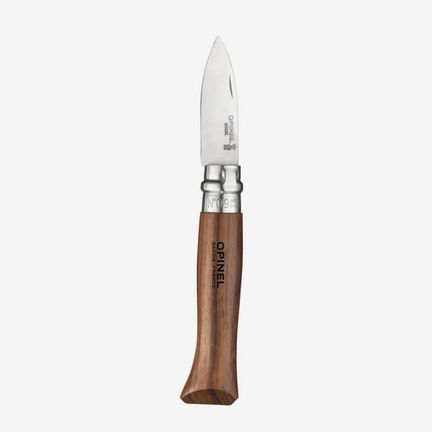A top oyster chef explains how to serve the shellfish at home
From the equipment you need to safely shuck, to the best wine to serve with seafood, Wiltons’ ‘Head Oysterman’ gives us his top tips…
Serving seafood at home — it’s a difficult shell to crack. But, as oyster bars and world-renowned fish-focused restaurants remain closed, it’s an art worth mastering. Because springtime, as you may know, is the ideal season for oysters. And, from Scotland’s Loch Ryan to the wetlands of West Mersea in Essex, this sumptuous shellfish is one of our favourite annual treats; bursting with buttery, briny flavours and springy sweet-salty textures.
But preparing oysters at home can feel a little daunting. Without a well-trained, mesh-gloved hand guiding you, there are any number of seafood sins you could commit. That’s why, in the absence of professionally prepared platters, we’ve turned to an expert for some home-shucking tips — to ensure you can still enjoy the tangy taste of oysters during lockdown.
Tommaso Sicuro is the Duty Manager at Wiltons — and also the iconic London shellfish-monger and restaurant’s ‘Head Oysterman’. So who better to advise you on the art of oyster preparation? Below, Sicuro outlines his top tips for shucking the shellfish; ensuring that, while restaurants remain closed, you can still get your oysters open…
Always check your sources...
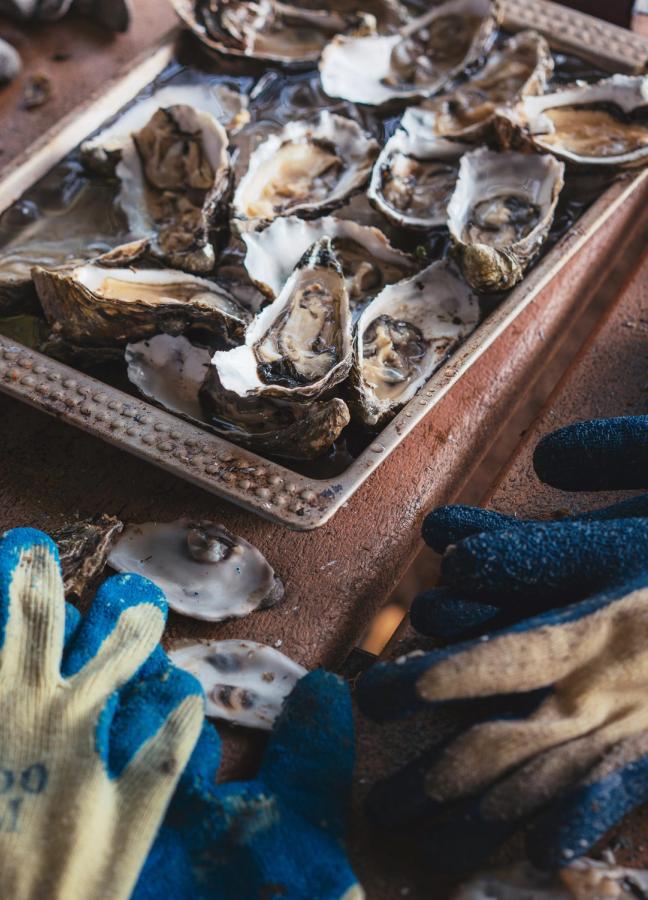
Start with the source. It’s probably not something you worry about when sitting in a restaurant. Whether from the coasts of Ireland, Devon or Dorset, wondering how the oysters in front of you were picked and transported is inconsequential. But, now you’re buying for yourself, things suddenly get a little trickier. You’re not heading to Billingsgate at 5am, after all…
“When I buy oysters to eat at home,” offers Tommaso Sicuro, “the first thing that springs to mind is the freshness of the product. How have they been transported? Have they been stored correctly?
“Therefore,” he continues, “I would only buy them from a trusted fishmonger — one that I know and that I have bought fish from in the past. There are many reputable fishmongers, as well as large department stores that will sell fresh oysters to give you peace of mind.”
Store and open your oysters correctly
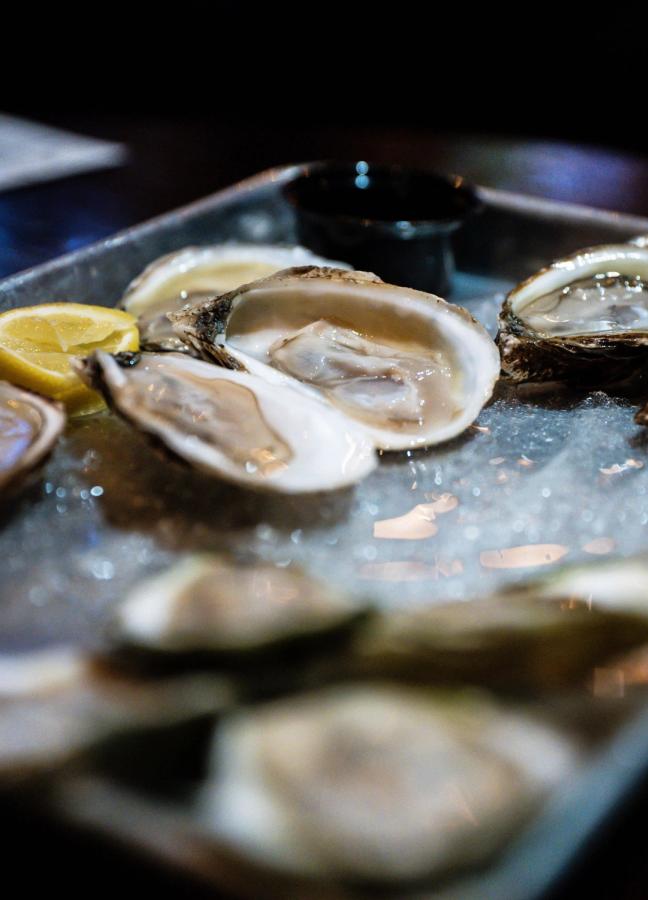
So you’ve been to your local fishmonger — or taken a trip to The Fish Bar in Harrods’ Fresh Market Hall. What next? How should you be storing your oysters if you don’t have an industrial restaurant-grade fridge — and what equipment should you be investing in to properly open them?
“Oysters should be kept refrigerated — between 3 to 5 degrees,” explains Sicuro, “and eaten within five minutes of opening.
“And, while opening an oyster is very simple for someone who does it every day,” he adds, “it can be a challenge for those who haven’t done it before. Firstly, make sure you have a proper oyster knife. And, before you gradually apply pressure to open it, take the proper safety precautions — an oyster glove and a cloth to position the oyster onto.”
For beginners, keep serving simple
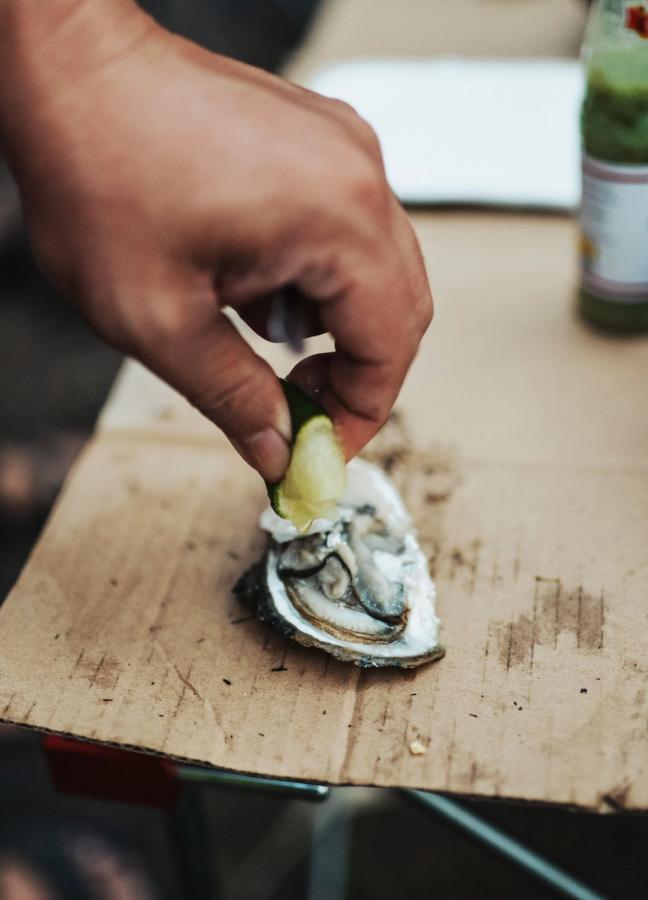
Opening oysters is easy once you’ve got it cracked. Simply use your specialist knife, as Sicuro says, and gently oscillate it around the hinge of the shell. Once opened, Wiltons’ Head Oysterman suggests eating within five minutes of opening. But how should you enjoy your freshly shucked shellfish?
“There are many ways in which to enjoy a freshly opened oyster,” says Sicuro. “The simplest way is to eat it clean, just as it is naturally, allowing you to savour all the natural flavours. But many people prefer a squeeze of freshly cut lemon on there, a sprinkle of cracked black pepper or some Tabasco sauce for touch of spice and heat.”
If you’re an seasoned seafood enthusiast, mix things up
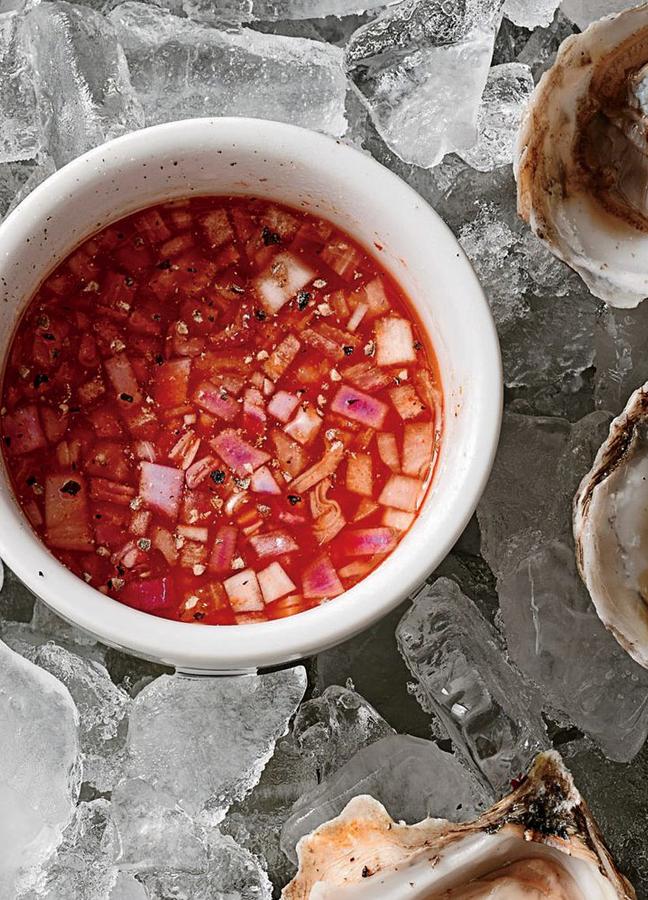
Of course, this might not be your first time having a bash at bivalves at home. And, if you’re something of an oyster aficionado, Sicuro has some suggestions.
“Some people prefer the traditional ‘mignonette sauce’ which is made from finely chopped shallots mixed with red wine vinegar. Buttered brown bread is often served to cleanse the palate before the enjoyment of the next oyster.”
If that sauce takes your fancy — ‘mignonette’ translates from the French to ‘cute, small and tasty’ — a simple recipe is as follows: Finely mince 70 grams of shallots in a food processor, stir in 60 millilitres of red wine vinegar, 60 millilitres of unseasoned rice vinegar, and generous pinches of both sugar and salt. Finish with a teaspoon of freshly-ground white peppercorns.
Pair with the perfect wine

So you’ve cracked oyster-opening, you’ve buttered your bread and mixed your mignonette. What else? Wine, of course! Like any rich, decadent food, there’s always a perfect bottle to pair with your meal — and Sicuro knows just the variety…
“To drink,” the Head Oysterman advises, “go for a crisp Chablis. I recommended this as it’s a white wine from Burgundy, made from grapes harvested from vines grown on chalky, mineral-rich soil. This gives the Chablis notes that will enhance similar flavours found in the oyster.
“Also,” he adds, “Champagne is an excellent alternative — as this sparkling wine comes form the same region as Chablis and benefits from the same terroir and mineral-rich qualities.”
Struggling with your oyster etiquette? Here’s ow to eat the shellfish in front of a beautiful woman…
Become a Gentleman’s Journal member. Find out more here.

Become a Gentleman’s Journal Member?
Like the Gentleman’s Journal? Why not join the Clubhouse, a special kind of private club where members receive offers and experiences from hand-picked, premium brands. You will also receive invites to exclusive events, the quarterly print magazine delivered directly to your door and your own membership card.
